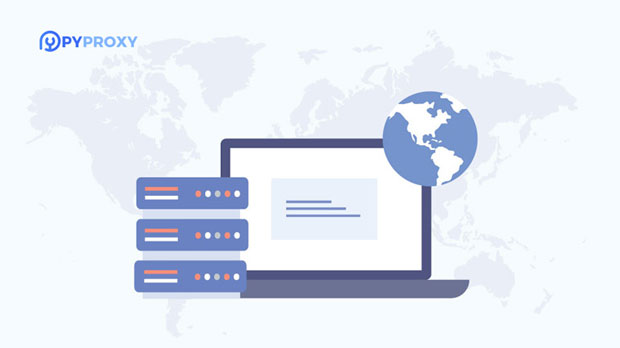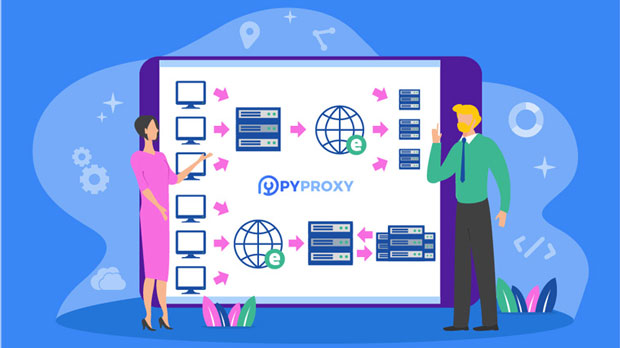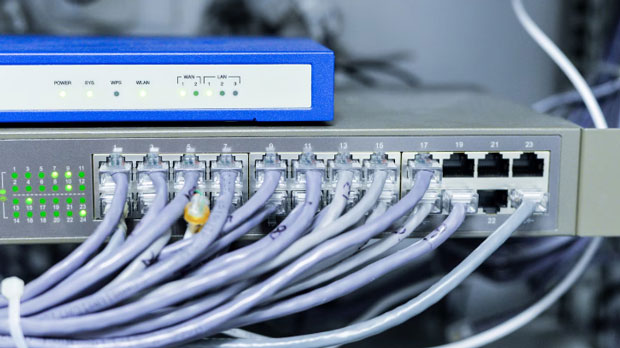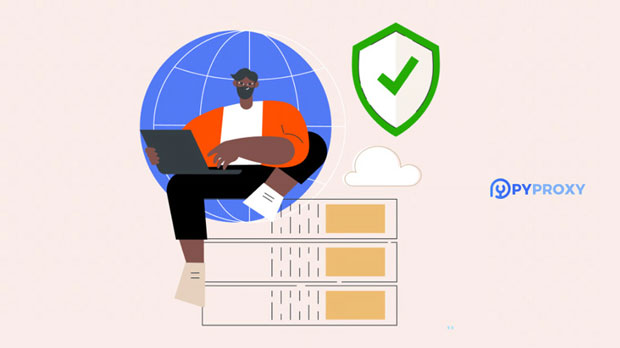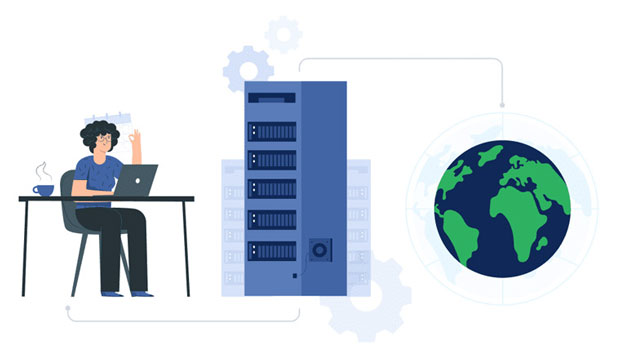What are the benefits of using a Socks5 proxy server?
Using a socks5 proxy server offers numerous advantages, especially for individuals or businesses looking to enhance their online security, privacy, and performance. Unlike other proxy protocols, Socks5 supports a wide variety of internet traffic and provides advanced features such as data encryption and IP masking. These features make it an ideal choice for users who want to protect their online identity, bypass regional restrictions, and enjoy faster, more secure internet browsing. This article explores the primary benefits of using a socks5 proxy server, detailing how it improves privacy, security, and internet performance, while also offering real-world use cases that demonstrate its effectiveness. 1. Enhanced Privacy and AnonymityOne of the primary benefits of using a Socks5 proxy is its ability to enhance online privacy. By masking the user's IP address, socks5 proxies allow individuals to browse the web anonymously. This means that websites and online services can no longer trace internet activity back to the user’s real IP address, helping to maintain privacy. Whether for personal use or for businesses, this added layer of anonymity is crucial in today's data-driven world where personal information is constantly being collected and sold.A Socks5 proxy acts as an intermediary between the user’s device and the internet, making it much harder for websites or hackers to identify the user’s physical location or track their activities. This is especially beneficial for people who are concerned about surveillance, data collection, or intrusive advertising, as well as for businesses operating in regions with strict data privacy laws.2. Improved Security and EncryptionAnother major advantage of using a Socks5 proxy is its ability to enhance security. While Socks5 itself does not provide encryption by default, it can work alongside other security protocols to ensure that your data remains secure. Many users combine Socks5 with tools like Virtual Private Networks (VPNs) to encrypt their internet traffic, providing a robust security solution that helps protect against cyber threats such as hacking, phishing, and malware.Socks5 also helps protect against certain types of attacks, such as Man-in-the-Middle (MitM) attacks, by routing traffic through a secure intermediary server. This makes it much harder for attackers to intercept or tamper with sensitive data, ensuring that communications remain private and secure.3. Bypassing Geographic RestrictionsIn an increasingly globalized digital landscape, many users face restrictions when trying to access content from different regions. Streaming services, websites, and online platforms often limit access to specific content based on the user's geographic location. A Socks5 proxy can help users bypass these regional restrictions by routing internet traffic through a server located in a different country, making it appear as though the user is browsing from that location.For example, users in countries with strict censorship or limited access to certain services can use a Socks5 proxy to access the content they want without restrictions. This is particularly useful for accessing geo-blocked streaming platforms, gaming servers, or news websites. It also allows businesses to conduct market research or test websites from different regions without encountering geo-restrictions.4. Faster Internet SpeedsContrary to the belief that all proxies slow down internet speed, Socks5 proxies are known for their speed and efficiency. Unlike traditional HTTP proxies, which are limited to specific types of traffic, Socks5 can handle a wide variety of internet protocols, including TCP and UDP. This makes it faster and more versatile when it comes to browsing the internet, streaming media, or downloading files.Socks5 proxies are particularly beneficial for users who need high-speed internet access for activities like gaming or video streaming. They reduce the chances of buffering and lag by optimizing the data flow between the user and the internet. Additionally, Socks5 proxies can improve internet speeds in areas with heavy traffic or poor network performance, as they can route data through less congested servers.5. Better Compatibility with Various ApplicationsSocks5 proxies are highly versatile and compatible with a wide range of applications. Unlike HTTP proxies, which only work with web traffic, Socks5 can be used with almost any internet-based application, including email clients, P2P (peer-to-peer) networks, and online games. This makes it an excellent choice for users who need a proxy for specific applications, rather than just general web browsing.For example, users who engage in torrenting or peer-to-peer file sharing can benefit from the Socks5 protocol's ability to handle UDP traffic, which is essential for these activities. By using a Socks5 proxy, users can anonymize their file-sharing activities and protect themselves from potential legal issues or data tracking.6. Avoiding IP BlacklistingAnother significant benefit of using a Socks5 proxy is its ability to help users avoid IP blacklisting. Many websites and online services monitor IP addresses to detect suspicious activity, such as bot traffic or excessive login attempts. If a user’s IP address is flagged for unusual behavior, it may be blacklisted, resulting in access restrictions or service denials.With a Socks5 proxy, users can rotate their IP addresses, making it more difficult for websites to track and blacklist them. This is especially useful for businesses conducting market research or users who frequently access services that have strict anti-bot measures in place. By using a Socks5 proxy, users can distribute their internet traffic across multiple IP addresses, reducing the chances of being flagged or banned.7. Flexibility for Remote WorkIn the context of remote work, a Socks5 proxy offers valuable flexibility for employees who need secure access to company networks or online resources. Remote workers can use a Socks5 proxy to connect to their company's internal systems without exposing sensitive information to external threats. By routing traffic through a secure proxy server, remote employees can ensure that their work data remains protected from hackers or unauthorized access.This flexibility is also beneficial for employees who need to access company resources while traveling or working from regions with high levels of online surveillance. With a Socks5 proxy, employees can maintain secure and private connections to corporate networks, no matter their location.8. Cost-Effective SolutionFinally, Socks5 proxies are often a cost-effective solution compared to other types of proxies or VPN services. While high-quality VPNs may come with higher monthly costs, Socks5 proxies are generally more affordable, especially for users who do not require the additional features of a VPN, such as encryption. For businesses, using Socks5 proxies can be an efficient way to manage online security and privacy at a lower cost. Since Socks5 proxies offer many of the same benefits as VPNs, such as IP masking and bypassing regional restrictions, they provide excellent value for money.ConclusionThe benefits of using a Socks5 proxy server are numerous and impactful, especially for individuals and businesses concerned about privacy, security, and internet performance. From enhancing anonymity and bypassing geographic restrictions to improving speed and offering compatibility with a variety of applications, Socks5 proxies provide a versatile and effective solution for a wide range of online needs. Whether for personal use or enterprise-level applications, integrating a Socks5 proxy into your internet strategy can help safeguard your data, optimize performance, and ensure a safer, more efficient browsing experience.
2024-12-23
















































